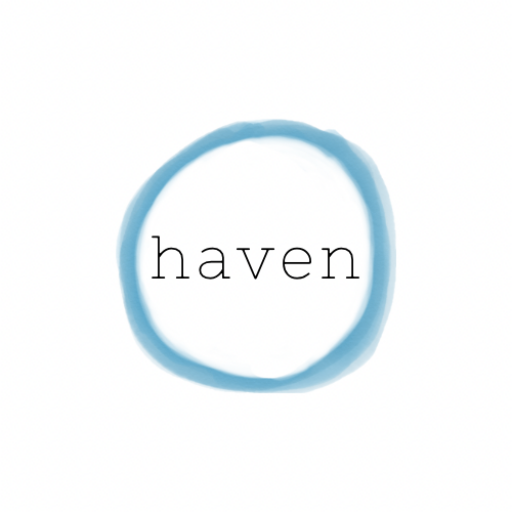At fertilization, the moment that sperm meets a viable egg, the genetic traits of the baby are already determined, including gender, ethnicity, eye color, and hair color. Isn’t that amazing? Scientifically, you were uniquely you at the moment of your conception.
At one week, implantation occurs in the uterus. Cells organize to form the baby in its embryonic phase. The word “embryo” just means a living human in the early phase of development from conception to week 8. A “fetus” is a human in the phase of development from week 8 till birth. From here on out, I will refer to the embryo and fetus simply as a baby whose life began, scientifically speaking, from the moment of conception.
At 3 weeks and one day, the heartbeat of the baby can be detected. Isn’t that remarkable that the same heart beating in your chest currently was beating at 3 weeks after you were conceived? At 4 weeks, buds of arms and legs appear. The placenta, which will supply the baby with nutrients and oxygen, has formed.
At week 5, the neural tube is forming. The neural tube becomes the brain, spinal cord, and backbone. The vitamin folate is very important for healthy neural tube formation. A prenatal vitamin with folate is helpful for women to make sure they get the needed vitamins for their baby.
At 6 weeks, the baby is moving arms and legs. However, it will be many more weeks before the mother will be able to feel these movements. Brain activity can be recorded, and bone formation begins.
At 7 weeks, hands can be brought together. Separate fingers and toes form, and the baby can hiccup. These hiccups strengthen the lungs and will continue until birth. Hiccups can be felt by the mother in the later weeks. Baby’s eyelids have formed, and genitals are forming.
At 9-10 weeks, the baby has grown from one cell at conception to nearly 1 billion cells. They can suck their thumb, swallow, touch their face, sigh and stretch.
At 11 weeks, the baby is now moving and bouncing around in the womb. At 12 weeks, taste buds develop.
Between 14-18 weeks, the mother will sense movement. This can take longer to feel for first-time mothers. At 18 weeks, vocal cords are developed and sounds can be made.
At 20 weeks, babies have survived outside of the womb with a lot of medical help. Typically, women have an anatomy scan at this point to check on the baby’s growth and the development of organs.
At 21 weeks, babies in the womb have fully formed fingerprints and toe prints that are like no other human’s.
At 27 weeks, babies respond to light and can recognize a parent’s voice. A great time to talk to your baby, read them stories, or sing them songs. Babies’ lungs and nervous systems continue to develop until birth.
In the last months of pregnancy, the baby continues to gain weight and grow. The baby adds fat, and the baby’s skin is no longer see-through. The baby will most likely move to a head-down position to prepare for birth. Spontaneous labor begins with hormone shifts in both the mother and the baby that signal the uterus to start to contract.
Watch the video linked here for a more visual look at what happens in the womb from fertilization to birth.
Isn’t the development of life such an awesome process from beginning to end? From the moment of fertilization, we are alive. We have a genetic makeup that is different from our mother or father and is uniquely our own. Within weeks, we have a heartbeat, brainwaves, and arms and legs. As pregnancy continues, we continue to develop and grow. Human life from conception is valuable. All humans deserve the right to life, and this includes the growing human in the womb. The good news is that you are not in this alone. We are here to support you from pregnancy and birth to parenting. Contact us at Haven today!
